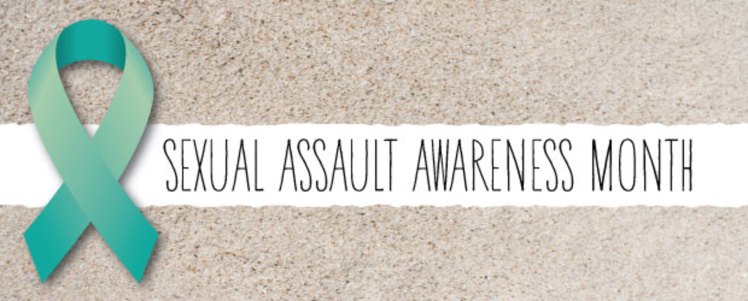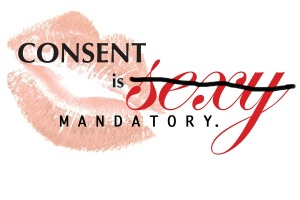Sexual Assault Awareness Month: Effects
April is Sexual Assault Awareness Month. In honor of that, I’ve been posting a series of blog posts this month about different statistics and areas of sexual assault. If you haven’t already, check out my first four blogs in the series: Sexual Assault Awareness Month, LGTBQIA+, Understanding Consent, and College Campuses.
Today is my last blog in the series, as it is the last day of April. It’s important to remember of course that, just because Sexual Assault Awareness Month is over, it doesn’t mean we can just quick talking about it. This is a continuous battle.
For this last post, I wanted to talk about the effects of sexual assault. It’s important to remember that trauma affects everyone differently, but I still wanted to include how people struggle after sexual assault/abuse, and hopefully how we can help as well.
According to RAIIN, “Sexual violence can have psychological, emotional, and physical effects on a survivor. These effects aren’t always easy to deal with, but with the right help and support they can be managed.”
Common effects of sexual violence:
- Depression – Feelings of sadness and hopelessness are common for survivors, but if they persist for long periods of time and regularly affect normal thought patterns, it may be a sign of depression.
- Flashbacks – Flashbacks are when survivors feel or believe themselves to be back in their moment(s) of trauma. In other words, they feel as if their experience with sexual violence is happening all over again. Flashbacks can be triggered by a certain smell, sound, etc. It’s important to understand what triggers flashbacks, and how to come back from them.
- Post-Traumatic Stress Disorder – PTSD is commonly associated with the military; however, anyone who has experienced trauma can develop PTSD. It’s normal for survivors to feel nervous, anxious, stressed, or fearful, but if these feelings are extreme and persist for an extend period of time, it could indicate PTSD.
- Self-Harm
- Sexually Transmitted Infections
- Substance Abuse
- Dissociation – Dissociation is described as a “detachment from reality.” It is a common coping mechanism for those who have experienced sexual violence.
- Eating Disorders – Sexual violence can lead to problems with body image and self-esteem, which could feed into an eating disorder.
- Pregnancy – Each year, an estimated 32,101 pregnancies result from rape among adult women. Pregnancy resulting from rape can cause many mental and physical problems for the survivor.
- Sleep Disorders – Sleep is an important tool for mental and physical recovery from trauma. Sleep disorders could be accompanied by nightmares, insomnia, and/or sleep terrors.
- Suicide
According to RAINN, a child is sexually assaulted every 8 minutes in the United States. Adults that experienced sexual abuse as a child might still have feelings of guilt and blame, problems with intimacy and relationships, and problems with self-esteem. It’s important to remember that there is no set timeline for dealing with and recovering from a trauma.
The best thing you can do for survivors in your life is to believe them and be supportive. Support might look different for different people. My best advice is to let them know you are there for them, check in on my them regularly, do not let them feel like their problem is a burden on you, and just ask them if there is anything you can do to help.
Recovery is a process. It takes time, patience, and there will be setbacks.
Survivors, stay strong, and don’t be afraid to ask for help. You are not alone.
Resources for survivors:
- Self-Care After Trauma
- Lifeline Crisis Chat
- National Sexual Assault Hotline – 800.656.HOPE (4673)
- RAINN – Online Chat
- National Eating Disorder Association
- Public Health
- End Rape on Campus
- WOAR – Information and list of resources
- National Sexual Violence Resource Center
Resources for friends and family:
- Tips for Talking with Survivors of Sexual Assault
- For Family and Friends of Men (who have experienced sexual violence)
- Self-Care for Friends and Family
- Talking to Your Kids About Sexual Assault





 There could be a huge percentage of sexual violence that could potentially be avoided if all people are taught the meaning of consent.
There could be a huge percentage of sexual violence that could potentially be avoided if all people are taught the meaning of consent.